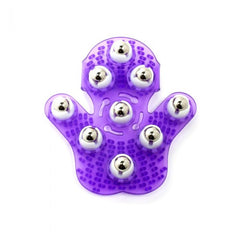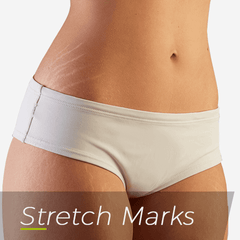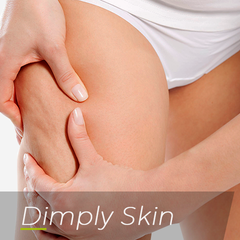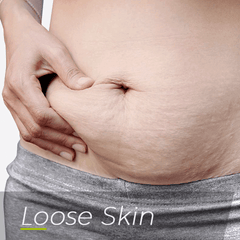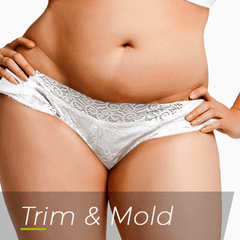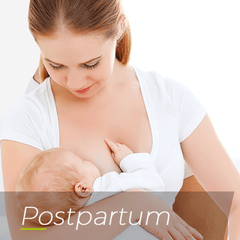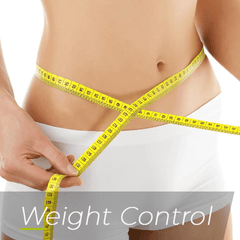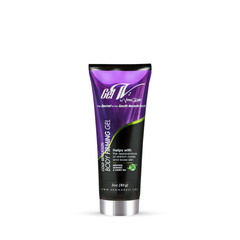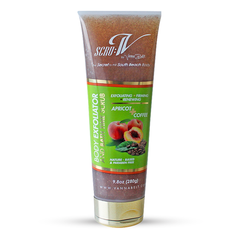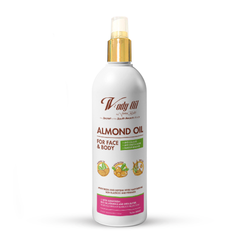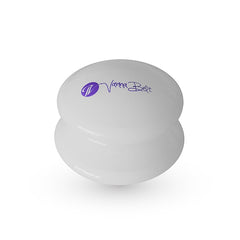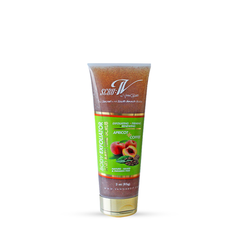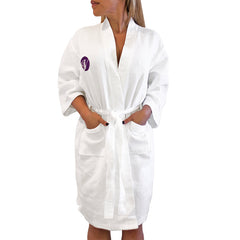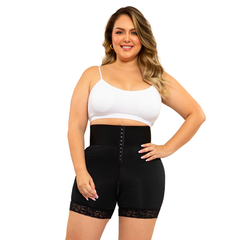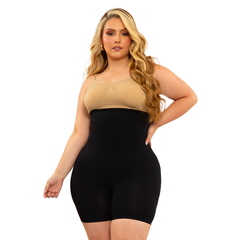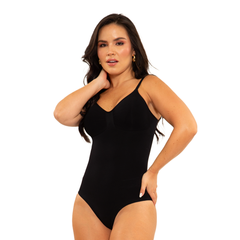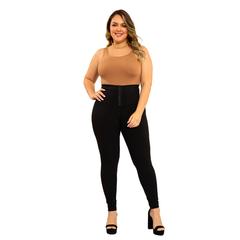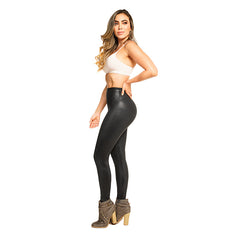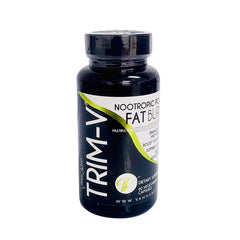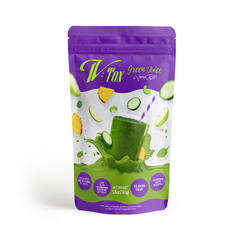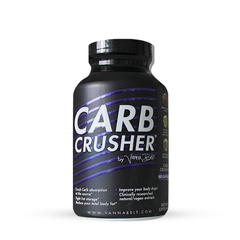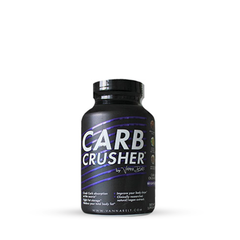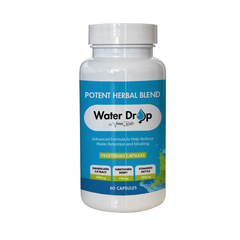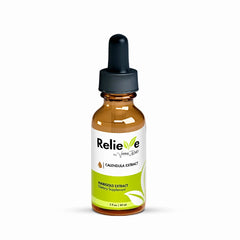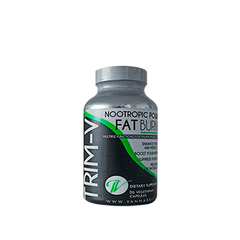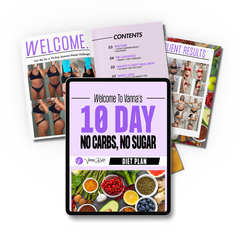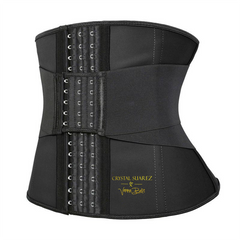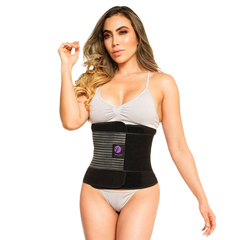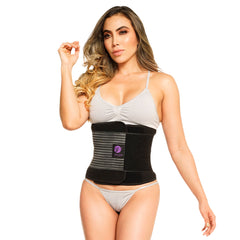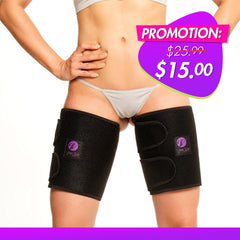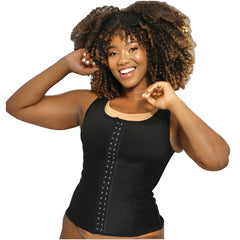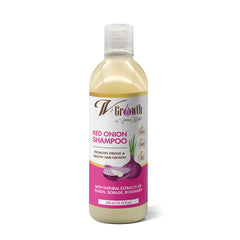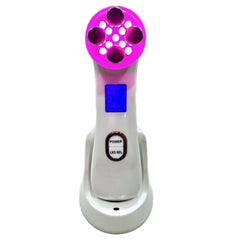


The postpartum period brings a whirlwind of changes, not just in your life but also in your body, including your skin. Many new mothers notice significant changes in their skin condition after childbirth, ranging from stretch marks to changes in pigmentation.
Understanding these changes and knowing how to care for your skin can help you navigate this period with confidence. Here's a guide to managing postpartum skin changes effectively.
Stretch Marks
What Happens: Stretch marks, or striae gravidarum, are one of the most common skin concerns during and after pregnancy. They appear as streaks on the abdomen, breasts, hips, and thighs due to the rapid stretching of the skin and hormonal changes that affect your skin's elasticity.
How to Manage: While stretch marks often fade over time, maintaining skin hydration can help improve their appearance. Products containing hyaluronic acid, vitamin E, and cocoa butter are beneficial. For a targeted approach, consider Vanna Belt's Gel-V, formulated to help reduce the visibility of stretch marks and improve skin texture.
Changes in Pigmentation
What Happens: Many women experience changes in skin pigmentation during and after pregnancy, known as melasma or the "mask of pregnancy." This condition is characterized by dark, discolored patches on the face, often due to hormonal changes.
How to Manage: Protecting your skin from the sun is crucial, as UV exposure can exacerbate pigmentation issues. Use a broad-spectrum sunscreen daily and consider adding vitamin C to your skincare routine to help brighten the skin and reduce the appearance of dark spots.
Acne and Oiliness
What Happens: Hormonal fluctuations can lead to increased oil production, resulting in acne breakouts even if you've never had acne before.
How to Manage: A gentle, non-comedogenic skincare routine can help manage acne. Look for products designed for sensitive skin to avoid irritation. If over-the-counter products don't help, consult a dermatologist for a personalized treatment plan.
Dryness and Sensitivity
What Happens: Postpartum hormonal changes can also lead to dry, sensitive skin. This can be exacerbated by dehydration, especially if you are breastfeeding.
How to Manage: Hydrate internally by drinking plenty of water and externally by using hydrating skincare products. Look for ingredients like hyaluronic acid, glycerin, and ceramides that help lock in moisture and repair the skin's barrier.
Under-Eye Circles and Puffiness
What Happens: Lack of sleep and the demands of caring for a newborn can lead to noticeable under-eye circles and puffiness.
How to Manage: While getting enough rest is the best solution, using a cooling eye gel or patches can help reduce puffiness and make you look more rested. Look for products with caffeine, which can help constrict blood vessels and reduce the appearance of dark circles.
Navigating postpartum skin changes requires patience and a gentle approach to skincare. Remember, these changes are a normal part of the postpartum journey for many women.
With the right care, you can help your skin recover and even thrive during this transformative time. Embrace this period of change with kindness towards yourself and your body, knowing that these signs are markers of the incredible journey you've embarked on as a mother.
SHOP THIS BLOG
OUR MISSION
Inspire, encourage and empower women around the world to regain confidence in their bodies and feel comfortable in their own skin.
SEE WHAT PEOPLE ARE SAYING!
"If you're still wondering if it works! Stop, do yourself the favor and order it. I will forever be a user of the product. It's faded my stretch marks immensely on my hips, thighs and tummy."
Deanna R., Happy Gel-V Customer
"Best Belt ever!!! The V-Belt gives me the support I need and that I was looking for. It maintain my waist snatch while giving the comfort and support all while looking good 😊 with any type of clothing. Will definitely recommend this V-Belt to everyone, I love it 🥰"
Yessica P., Happy V-Belt Customer





